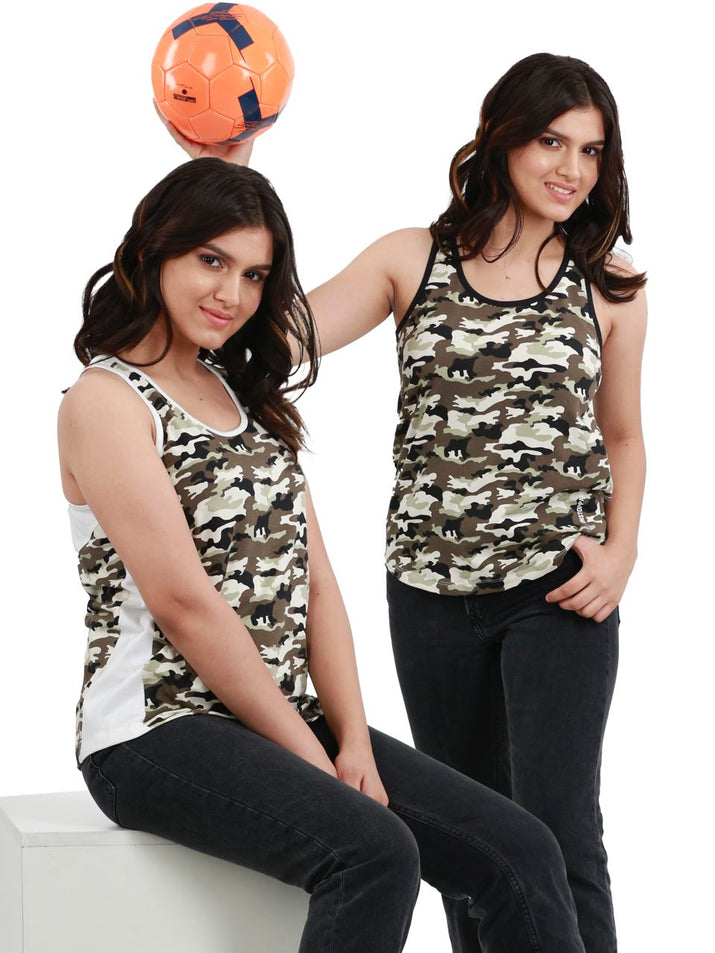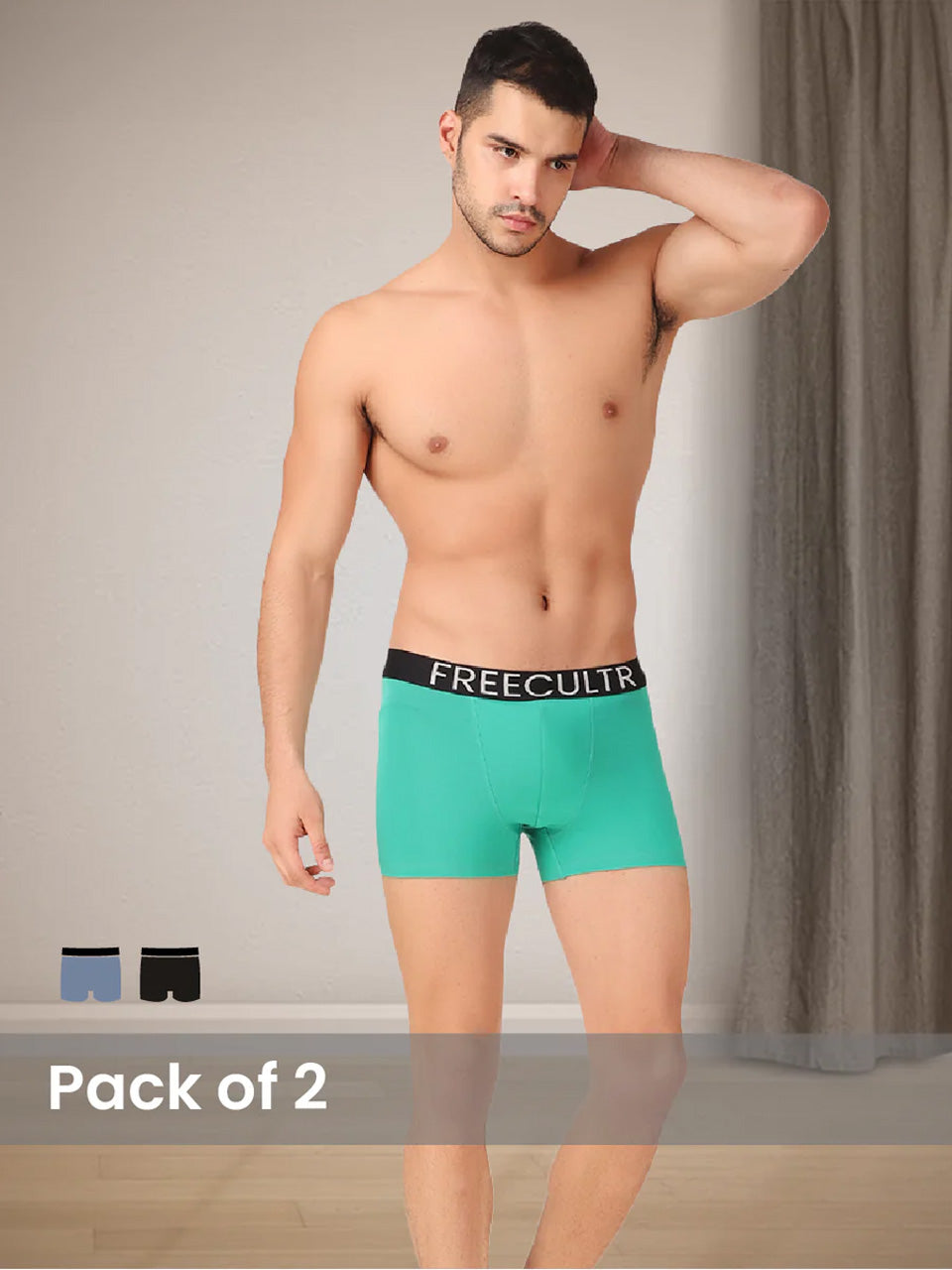Forget those clingy, uncomfortable workout tops! Today's activewear demands both performance and style. Your tank top should be no exception. We're diving deep into the world of moisture-wicking fabrics, where innovations like recycled polyester blends meet cutting-edge knit structures for enhanced breathability. Beyond mere function, discover how strategic strap placement and flattering silhouettes are evolving, drawing inspiration from the athleisure trend's emphasis on versatility. Learn to identify key features that differentiate a basic tank from a performance powerhouse, ensuring your next purchase keeps you cool, dry. Confidently on-trend, whether you're hitting the gym or grabbing coffee.

The Science of Moisture-Wicking Fabrics
Moisture-wicking fabrics are designed to draw sweat away from the skin, allowing it to evaporate quickly. This process keeps you cooler, drier. More comfortable, especially during physical activity or in hot weather. The effectiveness of these fabrics hinges on their construction and the specific materials used.
How it Works:
- Capillary Action: Moisture-wicking fabrics utilize capillary action, a process where liquids spontaneously move through narrow spaces due to intermolecular forces. In fabrics, this is achieved through the structure of the fibers and the spaces between them.
- Hydrophobic and Hydrophilic Fibers: Many moisture-wicking fabrics combine hydrophobic (water-repelling) and hydrophilic (water-attracting) fibers. The hydrophilic fibers absorb moisture from the skin, while the hydrophobic fibers help to transport the moisture to the outer layer of the fabric for evaporation.
- Surface Area: The increased surface area of the fabric allows for faster evaporation. The moisture is spread out over a larger area, which accelerates the drying process.
Common Materials Used:
- Polyester: A synthetic fiber known for its durability, wrinkle resistance. Hydrophobic properties. Polyester is often engineered with specific weaves and finishes to enhance its moisture-wicking capabilities.
- Nylon: Another synthetic fiber that is strong, elastic. Resistant to abrasion. Nylon also has some inherent moisture-wicking properties and can be further enhanced with treatments.
- Microfiber: Extremely fine synthetic fibers, often made of polyester or nylon. Microfibers have a very high surface area, making them excellent at absorbing and wicking moisture.
- Merino Wool: A natural fiber that is surprisingly effective at moisture-wicking. Merino wool can absorb a significant amount of moisture without feeling wet. It also has natural antimicrobial properties.
- Blends: Many moisture-wicking fabrics are blends of different fibers to combine the benefits of each. For example, a blend of polyester and spandex can provide both moisture-wicking and stretch.
Key Features to Look for in a Moisture-Wicking Tank Top
When selecting a moisture-wicking tank top, consider the following features to ensure optimal performance and comfort:
- Fabric Composition: Check the fabric composition to ensure it is primarily made of moisture-wicking materials like polyester, nylon, merino wool, or a blend of these.
- Weave and Construction: Look for fabrics with an open weave or knit structure, which allows for better airflow and moisture evaporation.
- Antimicrobial Properties: Some moisture-wicking tank tops are treated with antimicrobial finishes to prevent the growth of odor-causing bacteria. This is especially useful for high-intensity activities.
- Flatlock Seams: Flatlock seams minimize chafing and irritation, providing a more comfortable fit, especially during prolonged wear or intense workouts.
- Fit and Style: Choose a fit and style that suits your body type and activity. Options range from fitted to loose-fitting. Various necklines and strap styles are available.
- UPF Protection: If you plan to wear your tank top outdoors, consider one with UPF (Ultraviolet Protection Factor) to protect your skin from the sun's harmful rays.
- Durability: Opt for a tank top made from high-quality materials that can withstand frequent washing and wear.
Stylish Designs: Blending Fashion & Comfort
Moisture-wicking tank tops are no longer just for the gym. They've evolved into versatile wardrobe staples that can be styled for various occasions. Here's how to find a balance between fashion & comfort:
- Color Palette: Choose colors that complement your existing wardrobe. Neutral colors like black, white. Gray are versatile and can be easily paired with other pieces.
- Neckline: Different necklines can create different looks. A scoop neck is classic and flattering, while a high neck can be more modern and sporty.
- Straps: Consider the strap style and width. Thicker straps offer more support, while thinner straps can be more delicate and feminine. Racerback styles are popular for athletic wear and provide a full range of motion.
- Details and Embellishments: Look for tank tops with interesting details like mesh panels, cutouts, or subtle patterns to add visual interest.
- Layering: Moisture-wicking tank tops are great for layering. Wear them under a jacket, cardigan, or blazer for added warmth and style.
- Versatility: Choose a tank top that can be dressed up or down. Pair it with jeans and sneakers for a casual look, or dress it up with a skirt and heels for a night out.
Real-World Applications and Use Cases
Moisture-wicking tank tops are incredibly versatile and can be used in a variety of settings. Here are some real-world applications:
- Fitness and Sports: The primary use case for moisture-wicking tank tops is in fitness and sports. They are ideal for workouts, running, yoga. Other activities where you are likely to sweat.
- Outdoor Activities: Whether you're hiking, camping, or gardening, a moisture-wicking tank top can help keep you comfortable and dry in warm weather.
- Travel: Moisture-wicking fabrics are quick-drying and wrinkle-resistant, making them perfect for travel. They can be easily washed and dried on the go. They take up minimal space in your luggage.
- Everyday Wear: Moisture-wicking tank tops can also be worn as everyday casual wear. They are comfortable, breathable. Can be styled in various ways.
- Medical and Healthcare: In some medical settings, moisture-wicking fabrics are used in clothing and bedding to help regulate body temperature and prevent skin irritation.
Case Study: Marathon Runner
Sarah, a marathon runner, swears by moisture-wicking tank tops during her training and races. "I used to wear cotton tank tops. They would get soaked with sweat and become heavy and uncomfortable," she says. "Since switching to moisture-wicking tank tops, I feel much cooler and drier. I can focus on my performance without being distracted by my clothing." She specifically looks for tank tops with flatlock seams to prevent chafing and antimicrobial properties to keep her feeling fresh during long runs. Her experience highlights the practical benefits of moisture-wicking technology in high-performance athletic wear.
Care and Maintenance of Moisture-Wicking Fabrics
To ensure the longevity and performance of your moisture-wicking tank tops, proper care and maintenance are essential. Here are some tips:
- Read the Label: Always check the care label for specific instructions from the manufacturer.
- Wash in Cold Water: Wash moisture-wicking fabrics in cold water to prevent damage to the fibers and finishes.
- Use a Mild Detergent: Avoid using harsh detergents, bleach, or fabric softeners, as they can damage the fabric and reduce its moisture-wicking capabilities.
- Avoid Fabric Softeners: Fabric softeners can leave a coating on the fabric that reduces its ability to wick moisture.
- Tumble Dry on Low Heat: Tumble dry on low heat or hang to dry. High heat can damage the fibers and cause the fabric to shrink.
- Do Not Iron: Most moisture-wicking fabrics are wrinkle-resistant and do not require ironing. If you must iron, use a low heat setting and iron inside out.
- Wash with Similar Fabrics: Avoid washing moisture-wicking fabrics with abrasive materials like denim or Velcro, as they can damage the surface of the fabric.
Comparing Different Types of Moisture-Wicking Tank Tops
With numerous options available, it's helpful to compare different types of moisture-wicking tank tops based on material, design. Intended use. The following table provides a comparison of common types:
| Type | Material | Design Features | Best Use | Pros | Cons |
|---|---|---|---|---|---|
| Polyester Tank Top | 100% Polyester or Polyester Blend | Various necklines, strap styles. Fits | General fitness, running, everyday wear | Durable, affordable, good moisture-wicking | Can retain odors if not treated with antimicrobial finish |
| Nylon Tank Top | 100% Nylon or Nylon Blend | Often features a sleek, form-fitting design | High-intensity workouts, swimming | Strong, elastic, excellent moisture-wicking | Can be more expensive than polyester |
| Merino Wool Tank Top | 100% Merino Wool or Merino Wool Blend | Often features a simple, classic design | Hiking, camping, cold-weather activities | Natural moisture-wicking, antimicrobial, temperature regulating | Can be more expensive, requires special care |
| Microfiber Tank Top | Polyester or Nylon Microfiber | Ultra-soft and lightweight | Yoga, Pilates, low-impact activities | Excellent moisture-wicking, very comfortable | May be less durable than other options |
| Blended Fabric Tank Top | Combination of different fibers (e. G. , Polyester/Spandex) | Designed to combine the benefits of different materials | Versatile, suitable for various activities | Good balance of performance, comfort. Durability | Performance depends on the specific blend |
Conclusion
So, you're ready to elevate your wardrobe with a tank top that does more than just cover you up. Remember, the key is versatility. Think beyond the gym; pair your moisture-wicking tank with a blazer for a surprisingly chic, athleisure-inspired look – a trend I’ve been seeing everywhere lately. For instance, I recently wore a Freecultr tank top under a linen blazer for a casual Friday at work. The compliments kept rolling in! Don't underestimate the power of a well-chosen tank. Invest in quality; that moisture-wicking fabric will be your best friend during summer hikes or even just running errands on a hot day. Choose a design that flatters your shape and makes you feel confident. Ultimately, the best tank top is the one that makes you feel ready to conquer anything. Now go out there and rock it! Vogue Tank Top Styling TipsMore Articles
Women's Tank Top – Built-In Bra & Moisture-WickingTees – Soft Cotton & Durable Fabric
Women's Boy Shorts – Seamless Edges & Stay-Put Fit
Boxers for Women – Relaxed Fit & Soft Fabric
FAQs
So, what's the big deal with 'moisture-wicking' anyway? Why should I care?
Good question! Moisture-wicking fabrics are designed to pull sweat away from your skin. Think of it like a tiny vacuum cleaner for perspiration. This helps you stay drier, more comfortable. Less prone to that sticky, clammy feeling, especially during workouts or hot weather. Trust me, your skin will thank you!
Will this tank top shrink in the wash?
You might be wondering about shrinkage! While we've taken steps to minimize it (like pre-shrinking some of the fabrics), a little bit of shrinkage is always possible, especially if you throw it in a super hot dryer. To be safe, wash it in cold water and tumble dry on low, or even better, hang it to dry. It'll help keep the fit just right.
Is this tank top see-through? I need something I can actually wear outside!
Transparency can be a real concern, right? We've designed this tank top with a fabric that's opaque enough to wear comfortably without feeling like you're showing off more than you intended. Light colors might be slightly more sheer than darker ones. Generally, you're good to go for everyday wear.
What kind of activities is this tank top good for?
This tank top is pretty versatile! It's great for workouts like yoga, running, or hitting the gym. But honestly, it's also comfy enough to wear for just lounging around the house or running errands. It's all about what feels good to you!
How do I figure out what size to order? Their size charts are always so confusing!
Size charts are the worst, aren't they? The best thing to do is grab a measuring tape and actually measure your bust and waist. Then, compare those measurements to the size chart provided for this specific tank top (usually found on the product page). If you're between sizes, it's usually best to go up a size for a more comfortable fit.
Can I return it if it doesn't fit or I just don't like it?
Definitely! We want you to be happy with your purchase. Check the return policy on the website where you're buying it. Usually, you can return it within a certain timeframe (like 30 days) as long as it's unworn and still has the tags on.
What's the best way to wash this thing to keep it looking good?
Treat it kindly! Wash in cold water with similar colors. Avoid bleach or fabric softeners, as these can damage the moisture-wicking properties. Tumble dry on low or hang to dry. And if you're feeling fancy, you can even turn it inside out before washing to protect the color and fabric.






